“You realize that last week at this time, we were watching a flamenco show in Granada?” I asked Pierrick Tuesday night over dinner at a Belgium/Italian restaurant. We are in Sotogrande near Gibraltar and I had just returned from Paris. Sometimes, so much happens in a week that your regular concept of a week morphs into a brew of multiple far away memories. This is the sort of funny week we had.
We rented a car to get away from Benalmedana and its horrible port restaurants (and we managed to find a really good one far up on the hilltops of Old Benalmedana!) As we had some wheels, we decided to go to Granada to visit that city and the Alhambra. We left Tuesday morning and took the long scenic route through the mountains. Spain is a beautiful country. No description I make could possibly express its beauty, but I’ll try to give you a visual nonetheless.
All along its Mediterranean coast, beaches are overhung by rows of mountains. The view itself is spectacular. Granada lies behind the Sierra Nevada, a tall chain of mountains between Malaga and Almeria, the peak of which becomes covered in snow at wintertime. The drive from Malaga to Granada brought us through the Sierras de Tejeda, Almijara y Alhama Natural Park, a protected area where, strangely, humans still seem to be allowed to construct. The terrain in the mountain valleys and along their slopes is used for olive cultivation. The land is parched yellow under the hot Mediterranean sun and dotted green by the foliage of the olive trees. The effect is a patchwork of yellows with specks of green running in different directions for as far as the eye can see. To the East you may still catch a glimpse of the see. Above you the sky is made to look grand by the mountain crests.
In Granada we stayed at the Palacio Santa Ines that’s on a small street off Carrera del Darro. We were given a 3rd floor room with a view on the watchtowers of the Alhambra.

I wanted to visit the Federico Garcia Lorca House but I got the schedule mixed up and we had to call it a miss. Instead, on our first day there we took in the beauty of Granada itself. We mainly walked around the old Arab quarter, which is a maze of narrow cobblestone streets that ascend towards the Mirador San Nicolas and the Sacromonte neighborhood beyond it where the gypsies live, sing and dance, traditionally in caves.
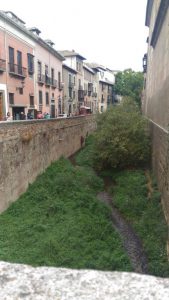



That evening we saw a flamenco show in a bar near our hotel. We decided against a show in Sacromonte as the area has apparently become very touristic, but that didn’t stop the Chien Andalousien from constructing and decorating their bar like a Sacromonte cave. It was by listening to the singer oscillate his voice and then watching the dancer whirl her fingers that I realized how strong the Arab influence has been on this art form. The next day we visited the Cathedral in the morning and the Alhambra in the afternoon that further demonstrated how enmeshed Arab culture is within this European country.


We drove back along the fast route and stopped for dinner in Malaga, so it was a bit late when we finally returned to our boat in Benalmedana. That’s when the dream became a nightmare.
As in most Mediterranean ports, Benalmedana has boats dock with their rear berthed and the front attached by two mooring lines (a good article in French explaining what this is). I hate mooring lines. These consist of a rope that is attached to the deck on one end and on the other, to a cement bloc that lies at the bottom of the port. To secure your boat you must grab the line at the deck and pull it up while walking to the bow of the boat. At the bow, you pull as hard as you can, effectively mooring your boat to the cement bloc that’s at the bottom of the port, and secure a knot. If the mooring line is only smelly and gross, then you’re lucky. Often it is covered in sea life, i.e. small shells that scrape your hands. Port water is usually pretty dirty so if you don’t wear gloves you are best to disinfect your hands once your boat is securely docked. Of course on a catamaran, a mooring line on both port and starboard is necessary.
This technique is less expensive than installing finger berths along a dock and even if I hate it, it generally works well in the Mediterranean where there is close to no tide, so where the water level is pretty constant. Near the Strait of Gibraltar, the tide can vary to up to 1 meter. In other words, when we came back from Granada we saw that the tide went out, which slackened our mooring at the bow of the boat and gave leeway for our boat to drift onto the dock. This in itself could have been not too bad were it not for the strong Easterly winds that started to blow while we were away. Actually, were it just the tide and the winds that could have been OK also, but what we didn’t know (and the port authorities do, and they didn’t warn us) was that strong Easterly winds cause a very strong swell inside the port, especially in the entrance where our boat was docked. Keelless boats shouldn’t even be moored where our catamaran was.
When we got back, our boat looked like an enraged bull trying to set itself free from its leashes. The strong swell had our boat bobbing up and down as well as swivelling from portboard to starboard. What with these conditions, rather than drift into the dock because of the slackened mooring lines, the stern of our hulls were slamming into the cement docks, usually followed by a sharp thrust forward as the mooring lines took effect like elastic bands.
The boat was moving so much and so violently that we couldn’t use our walkway to get from the dock to the boat. We had to use our dinghy that we’d pull along the mooring lines of the stern of the boat. We had to add crisscrossed lines at the back of our boat to decrease the swivel. Then we had to replace a line because it snapped – a line that had a spring, which broke too! A buoy fender on a boat next to ours burst. For the second time in my life I got seasick. This seems to happen to me when there’s a large swell but the boat isn’t advancing. It happened to me this past summer in the Balearic Islands, except that time the illness stopped once I touched land. This time I went to land and almost felt just as bad: spinning head, disorientation, despair. This just heightened my anger. Towards the port, especially. Had we been in a mooring our boat wouldn’t have become damaged, but as it was we couldn’t leave the port because the winds were still too strong. We were trapped.
Throughout all this I had a conference call with a client last Thursday. Not only a port’s Wifi but also the 4G connection is usually very bad in ports when there’s but a bit of wind. “Are you planning on coming to Paris any time soon, Julie?” my client asked with just a smidgen of impatience to his tone. “Eh, well… no…” Fifteen minutes later I had booked a low-cost flight for an express Monday-Tuesday trip to Paris. I could stay at Claire’s, and it was really nice to see her. Paris actually felt like something familiar to me. The one-hour taxi ride from Sotogrande to Malaga airport was about the same price as my plane ticket.


By Sunday the weather cleared and we left, but instead of going to Gibraltar to wait for favorable winds to cross over to the Canary Islands we now had to find a port that had a cane that could lift Slow Motion out of water so we could repair the stern of her bows. Starboard was especially damaged. The only such port on our way to Gibraltar is Sotogrande, and so we made our way here. There was no wind so we did the entire trip by motor. Fishing boats and fishing canoes were out sporting. Pierrick caught two mackerels and two small tuna fishes – his biggest catch to date!

Our guidebook mentions fog on the East-side of Gibraltar, still we weren’t expecting so much fog! I added a few layers of clothes as we crossed the water-dense air. The blow horn appeared on deck; visibility was down to a few meters. Eventually it cleared and the rock of Gibraltar appeared ahead of us.
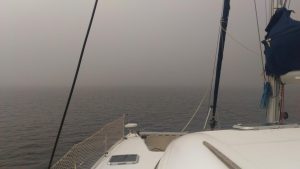
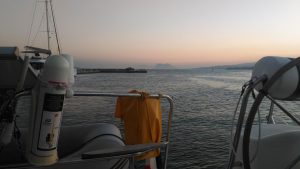
On Monday, Slow Motion came out of the water and Pierrick and some local technicians got to work at remolding the bows of her hulls.
To add to all of this, ever since my seasickness in Benalmedana I have been suffering from bouts of severe vertigo followed by general dizziness and fatigue. It is most likely just due to some liquids in my inner ear (BPPV), and I am feeling better now, but I look forward to feeling like my regular, sturdy self.
And that is how in 7 days I have been to 5 different cities with a maximum distance between them of 1,900 km. I have traveled by rental car, boat, taxi, plane, bus and metro. I have felt sucker-punched by the beauty and wonder of my surroundings, and then sickened, desperate and extenuated by events that felt out of my control. It’s like living a life of extremes. One moment gratitude floods your heart and the next you are frantically searching for the silver lining. It has been quite a funny week.

Some Photos of the Cathedral of Granada
Some Photos of the Alhambra


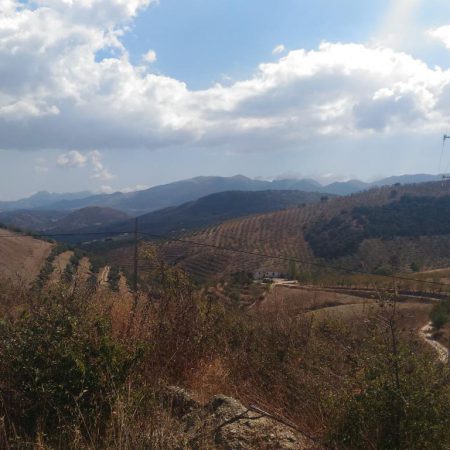

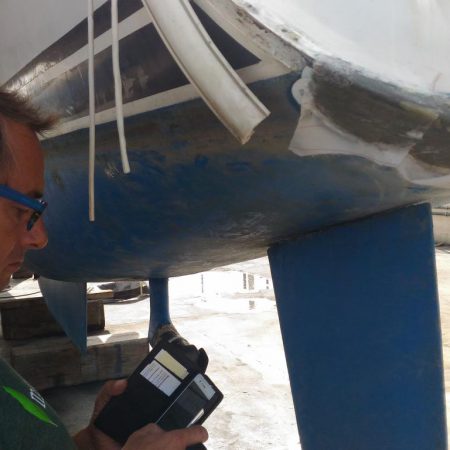



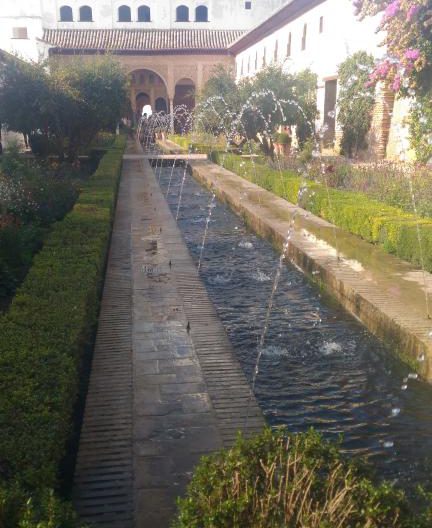

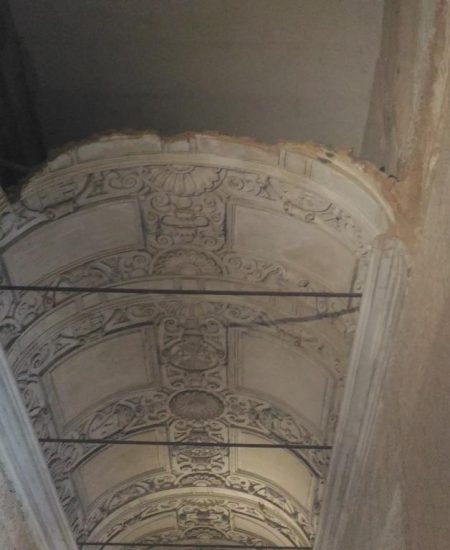

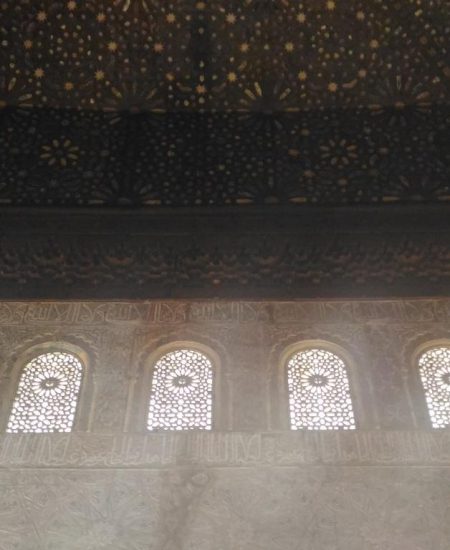

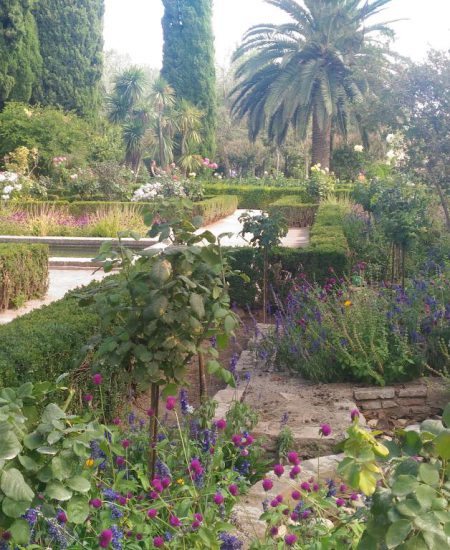
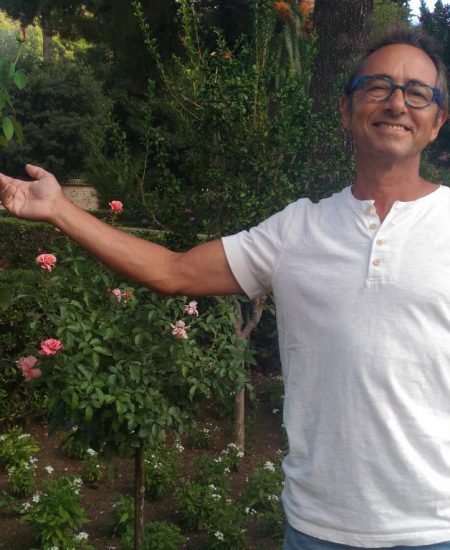

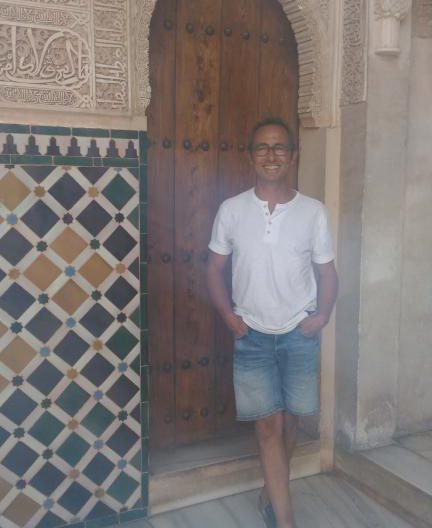
Ca a l’air magnifique, Grenade 🙂 Vous en voyez du pays en peu de temps … Et tous ces poissons pêchés, ça donne envie.
Bon courage pour la suite en Atlantique !